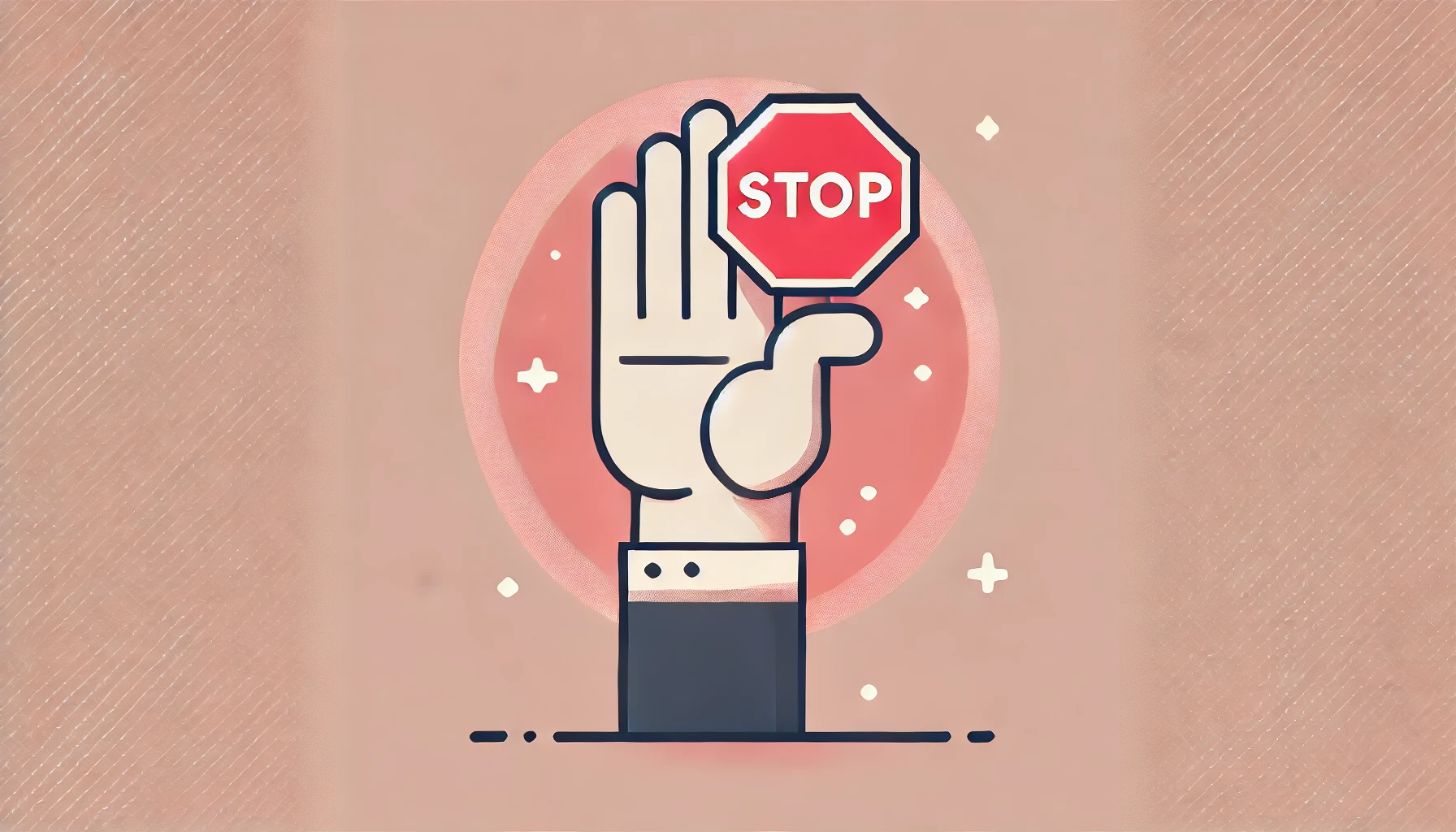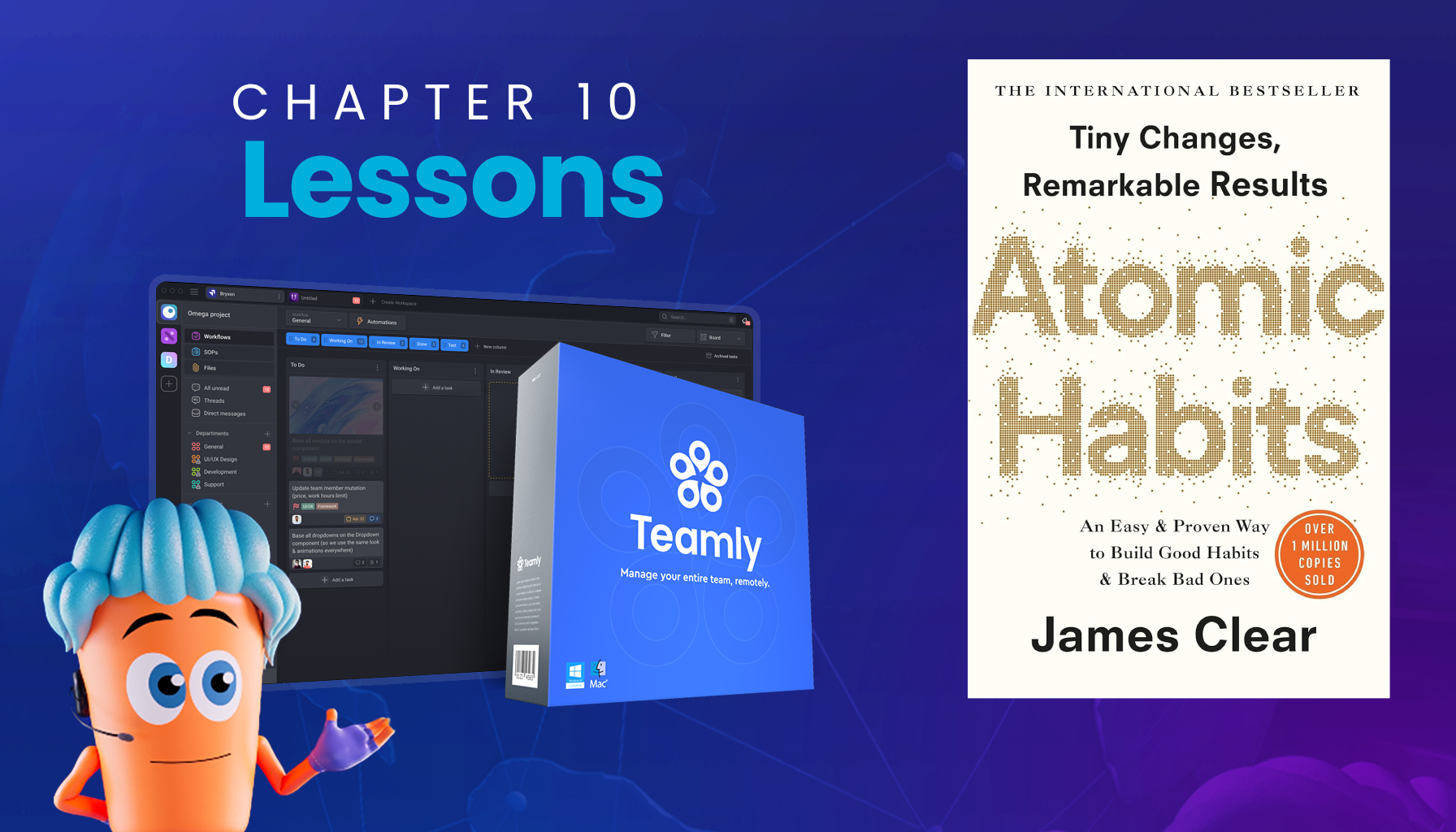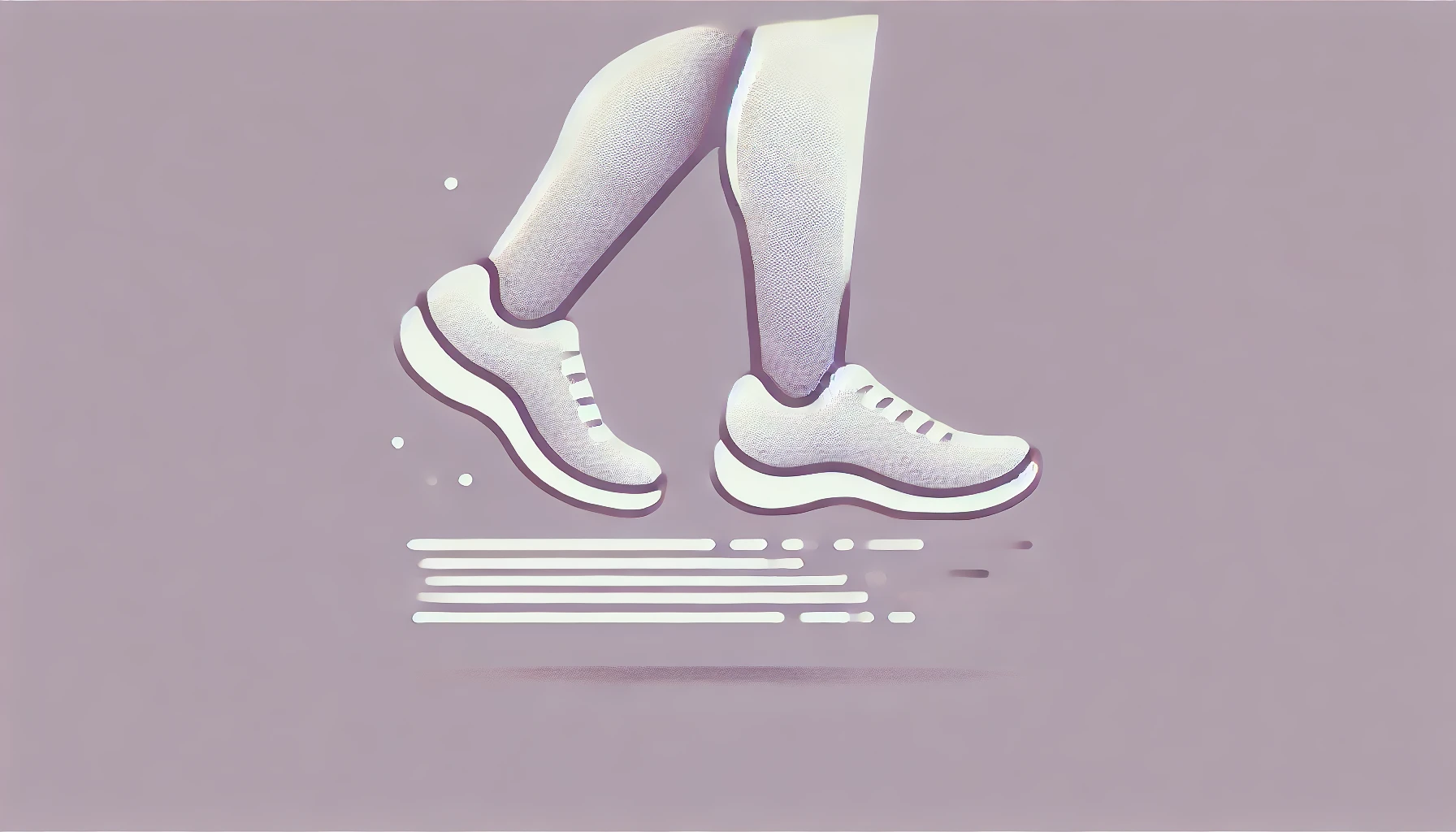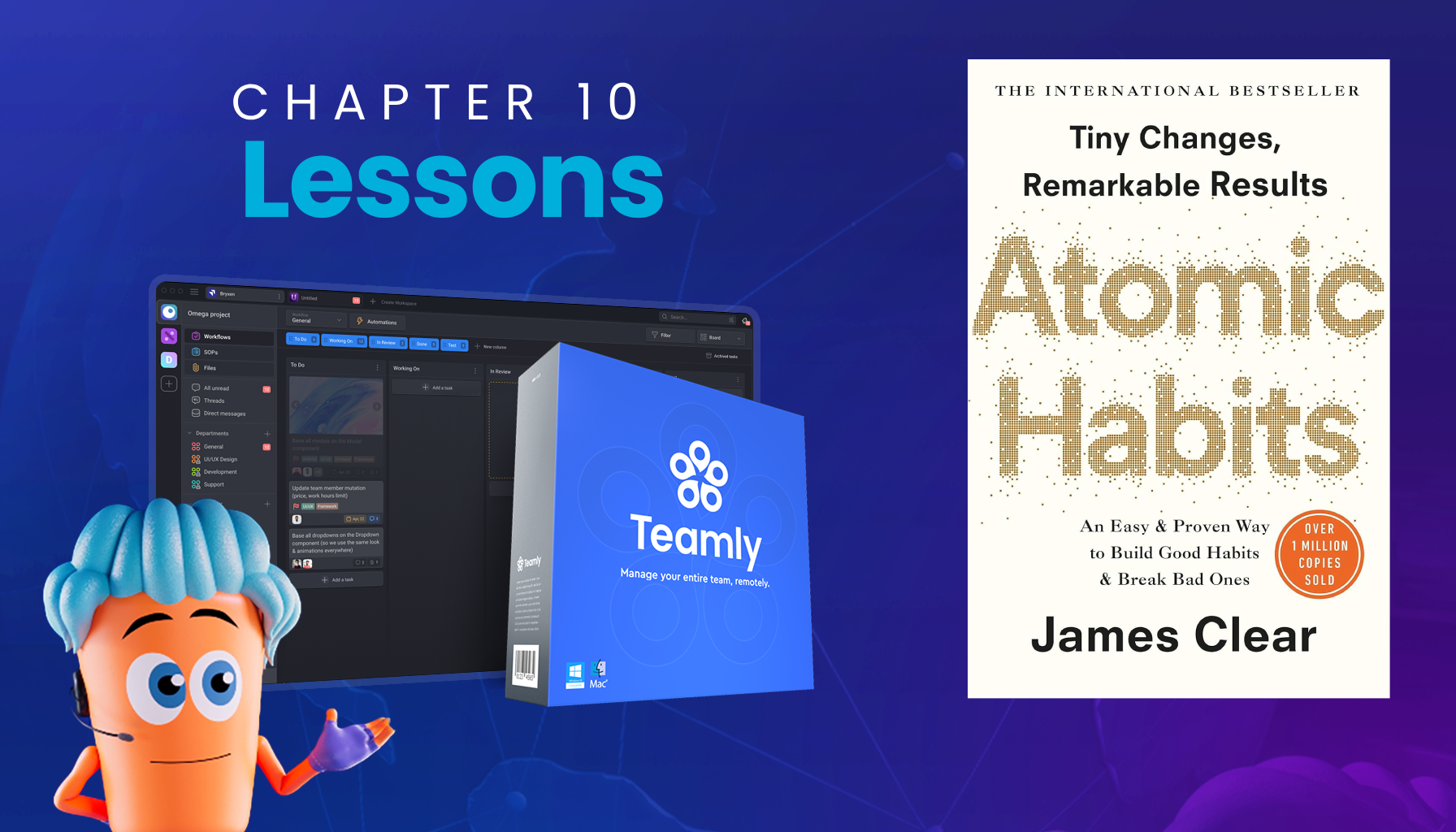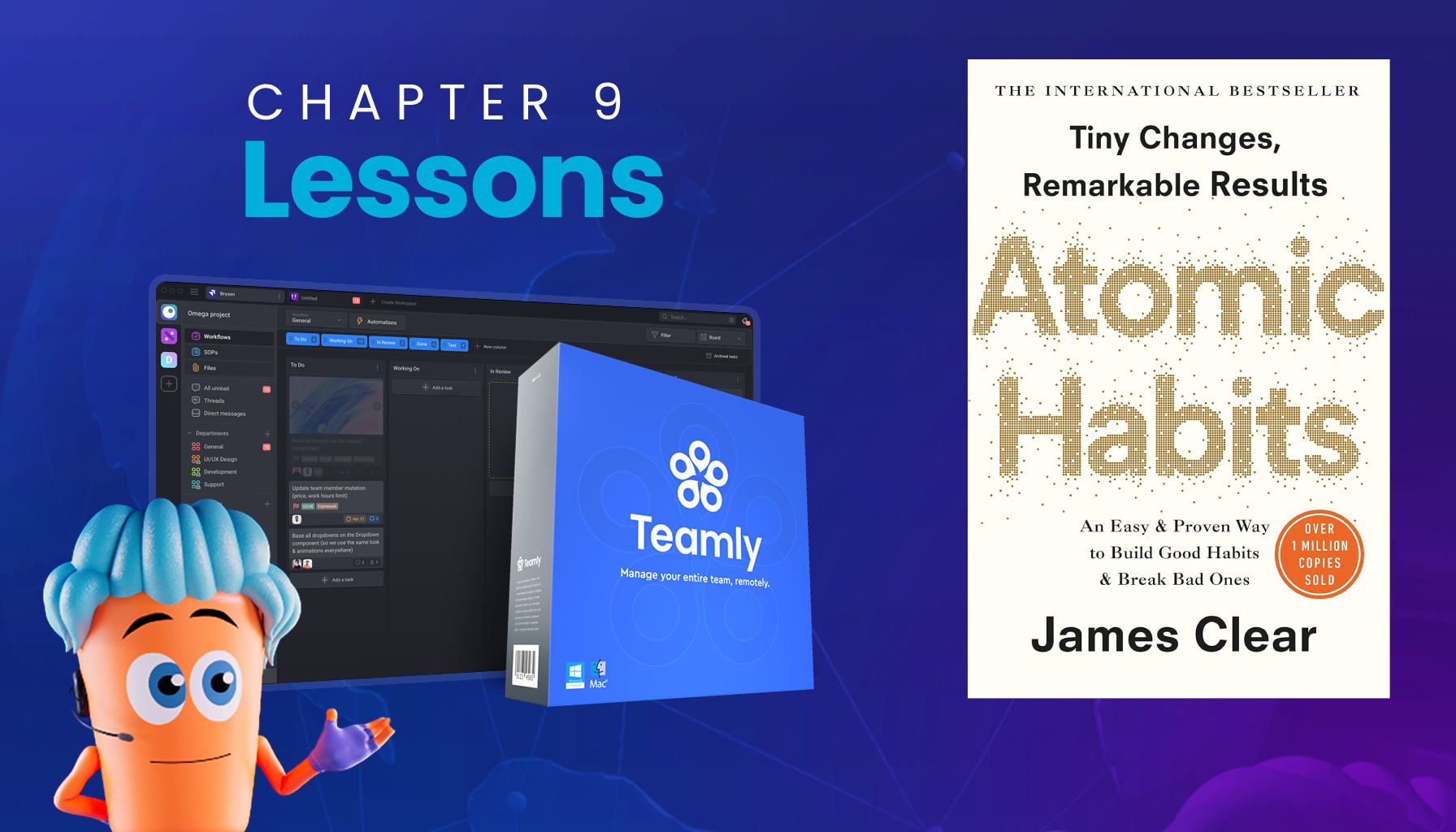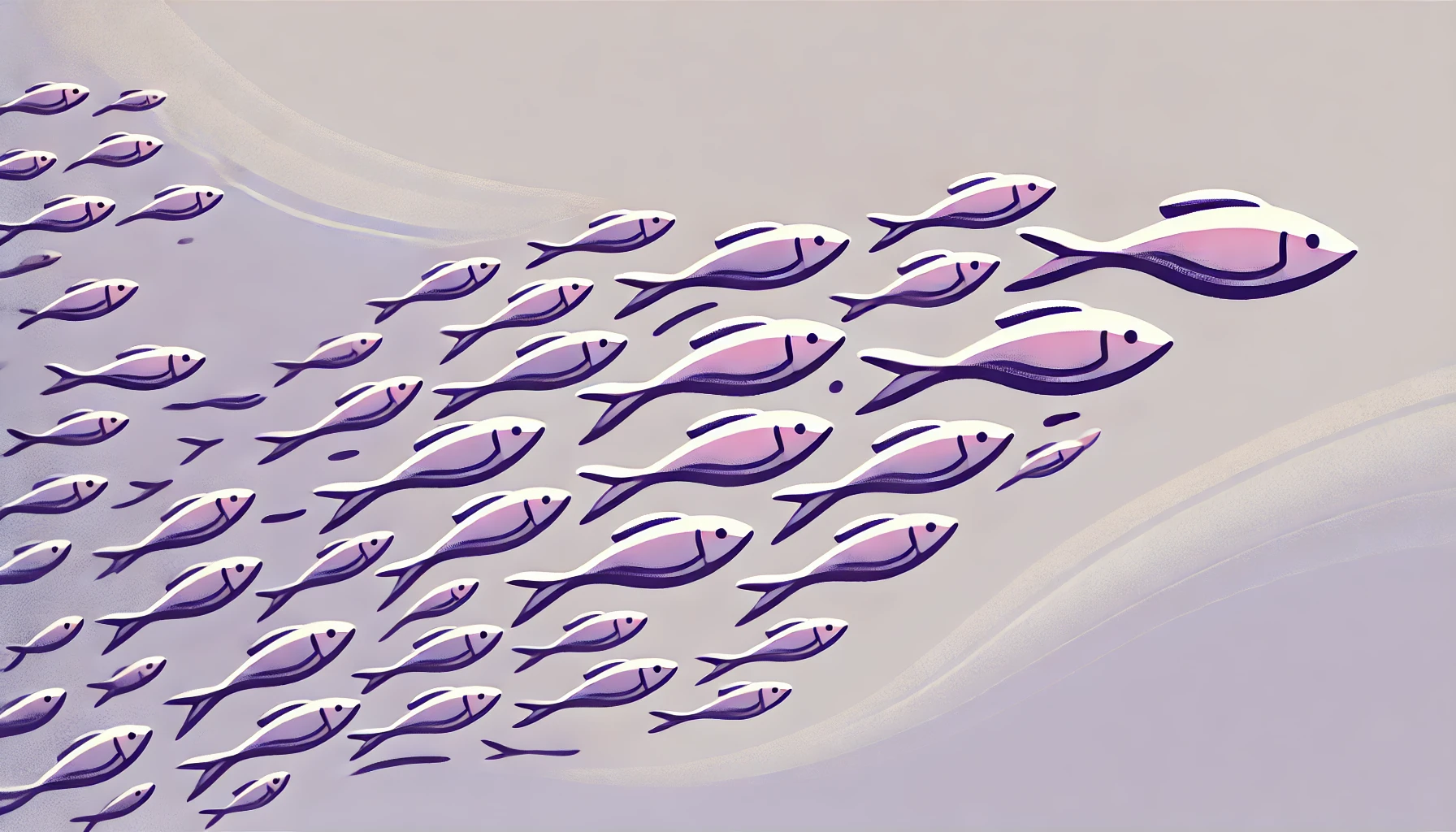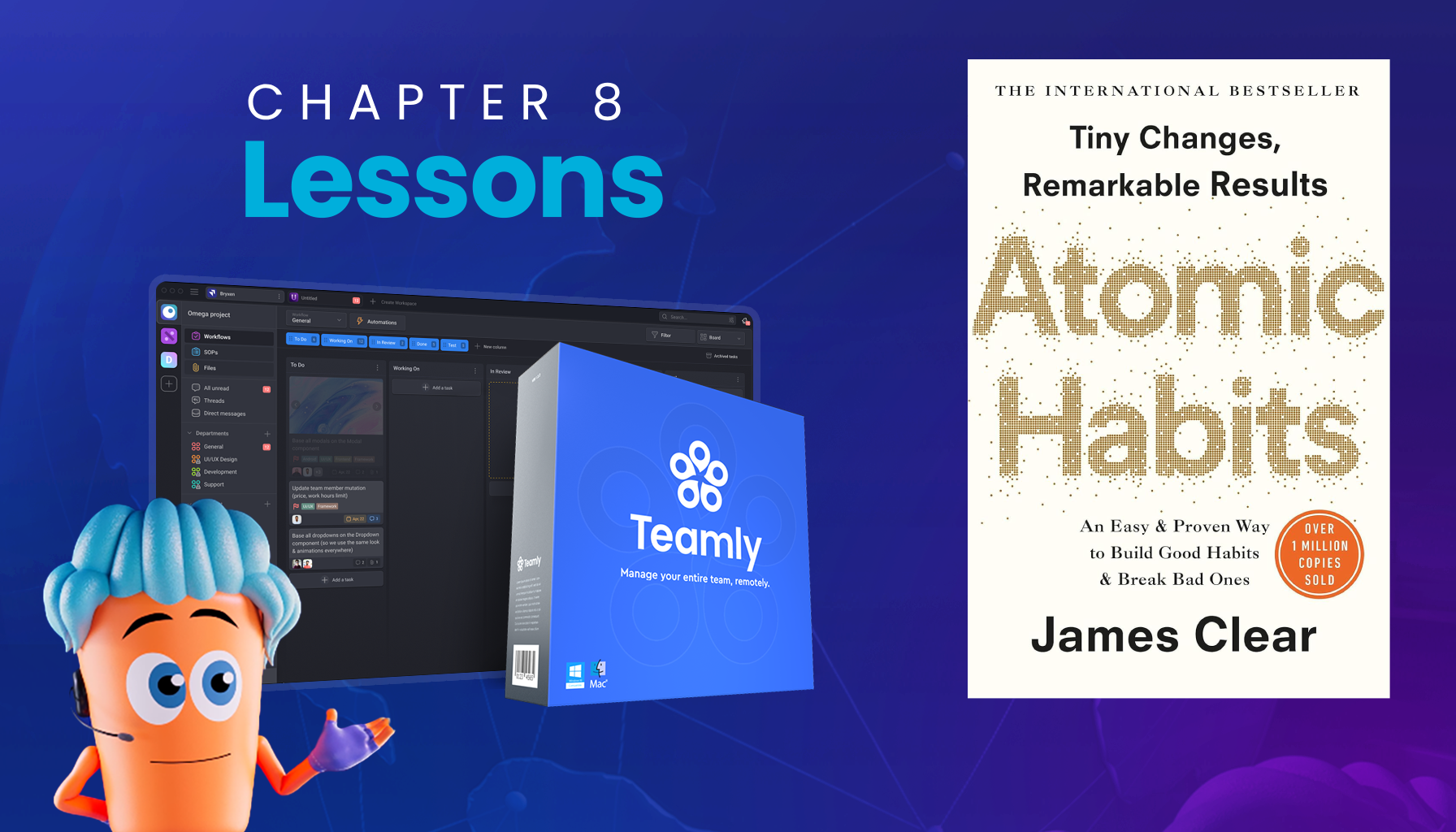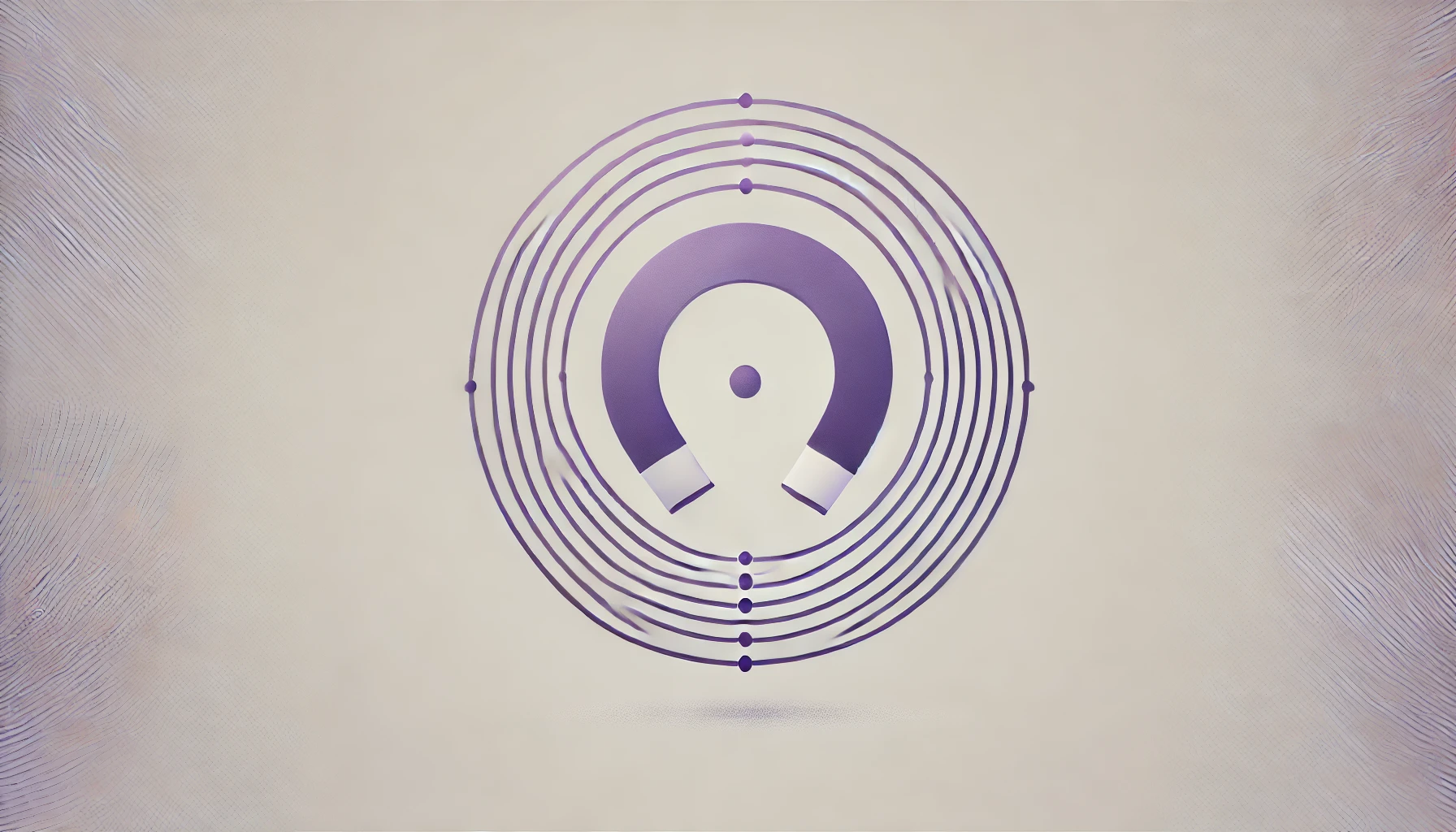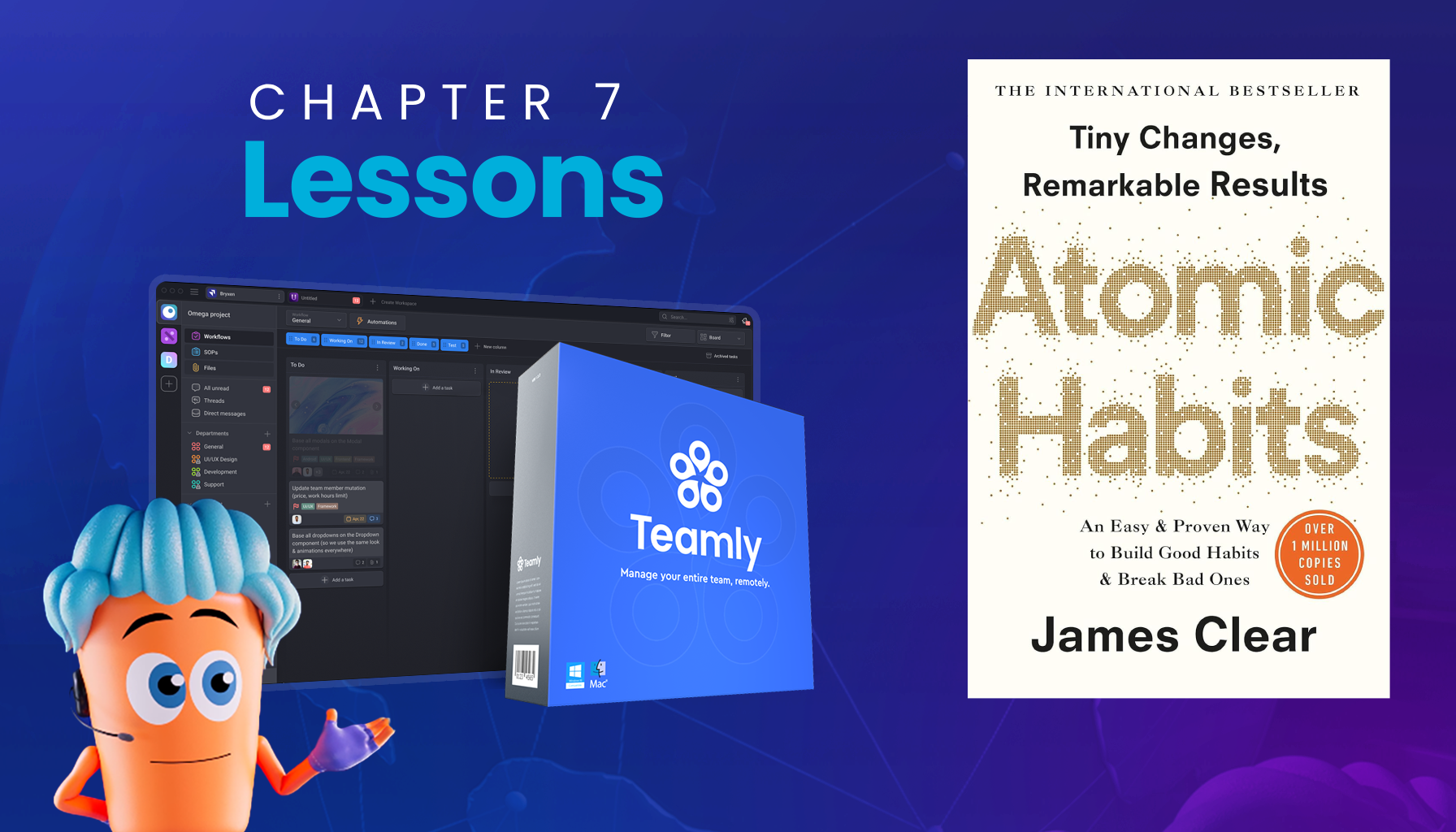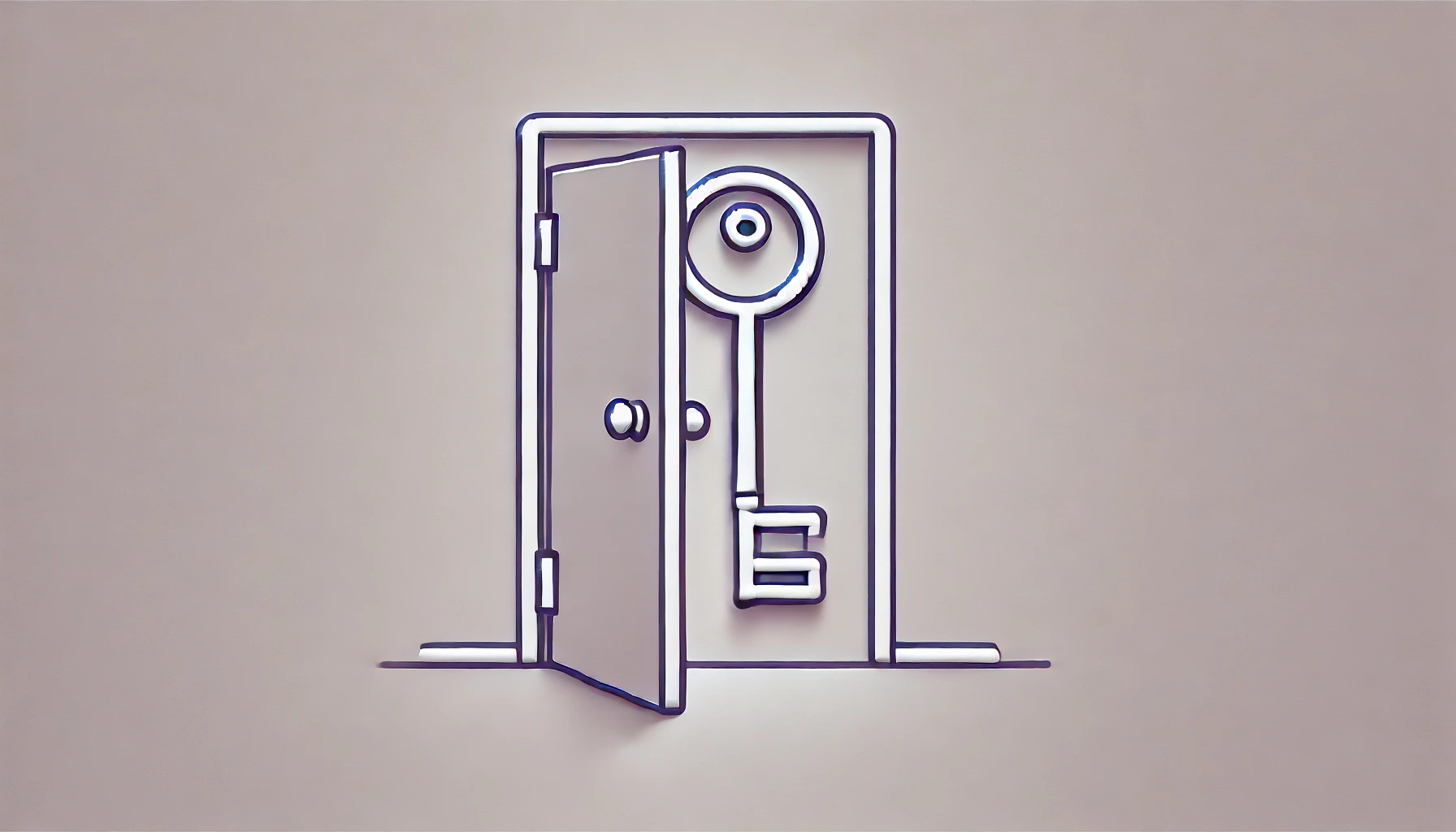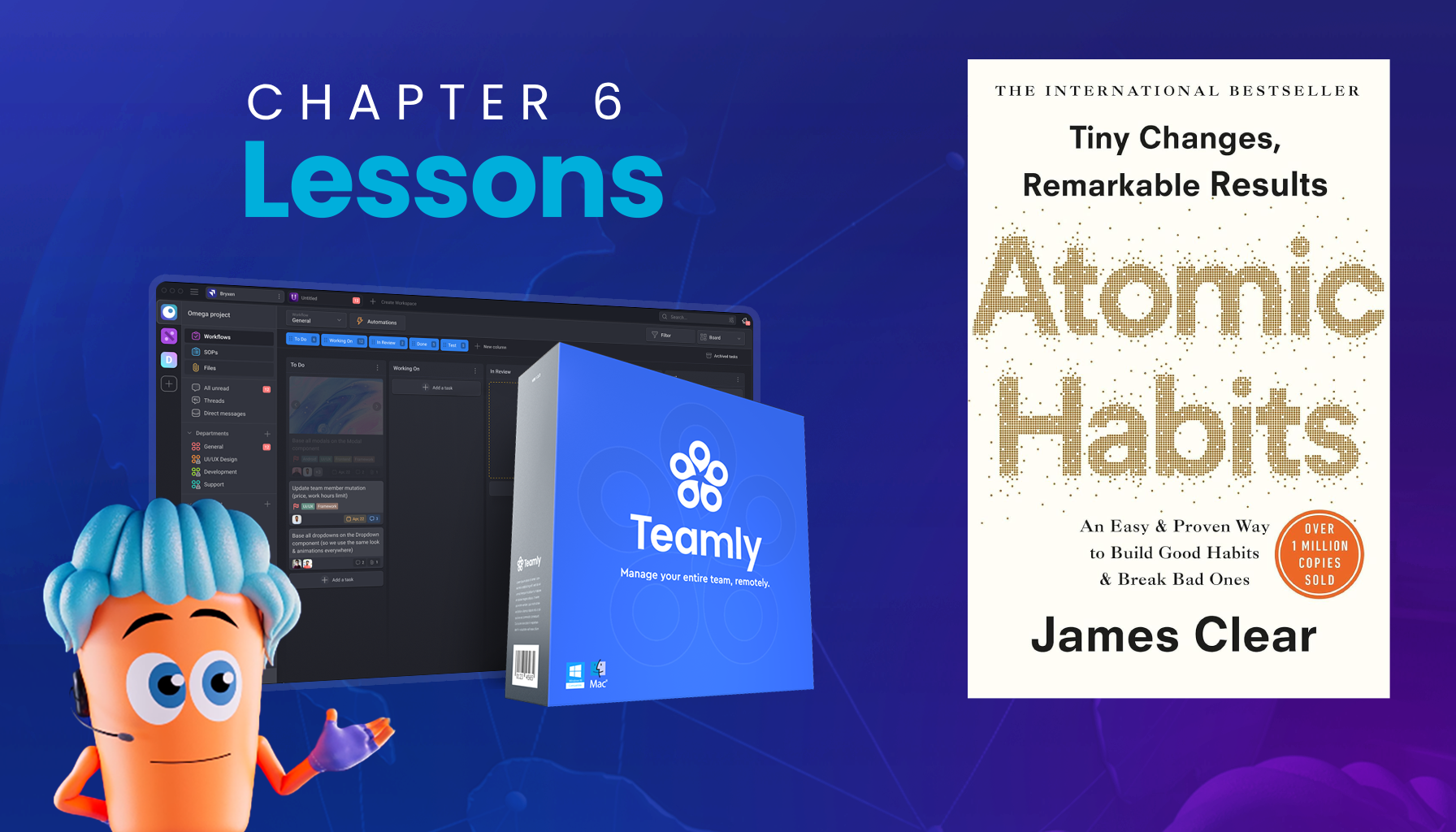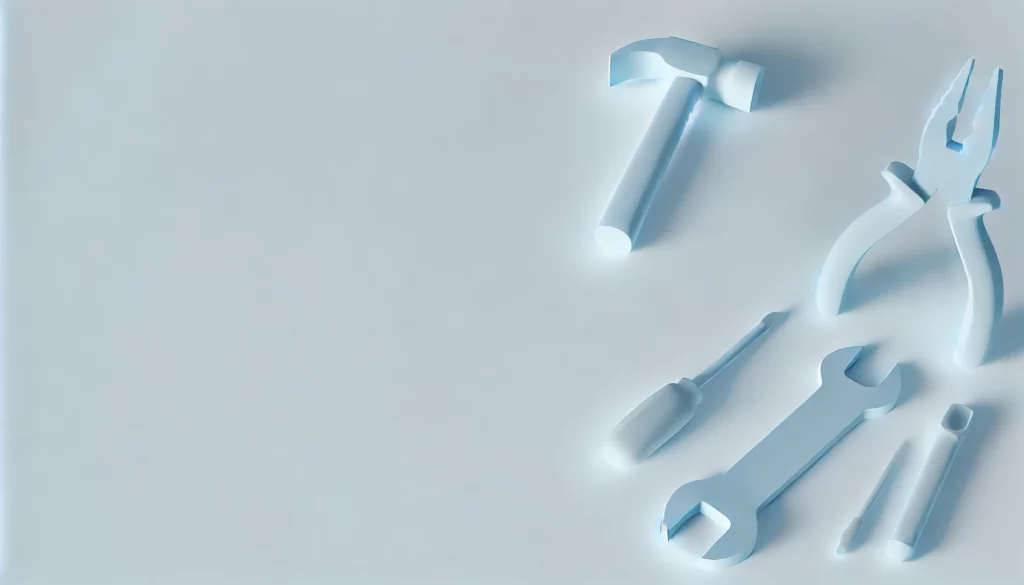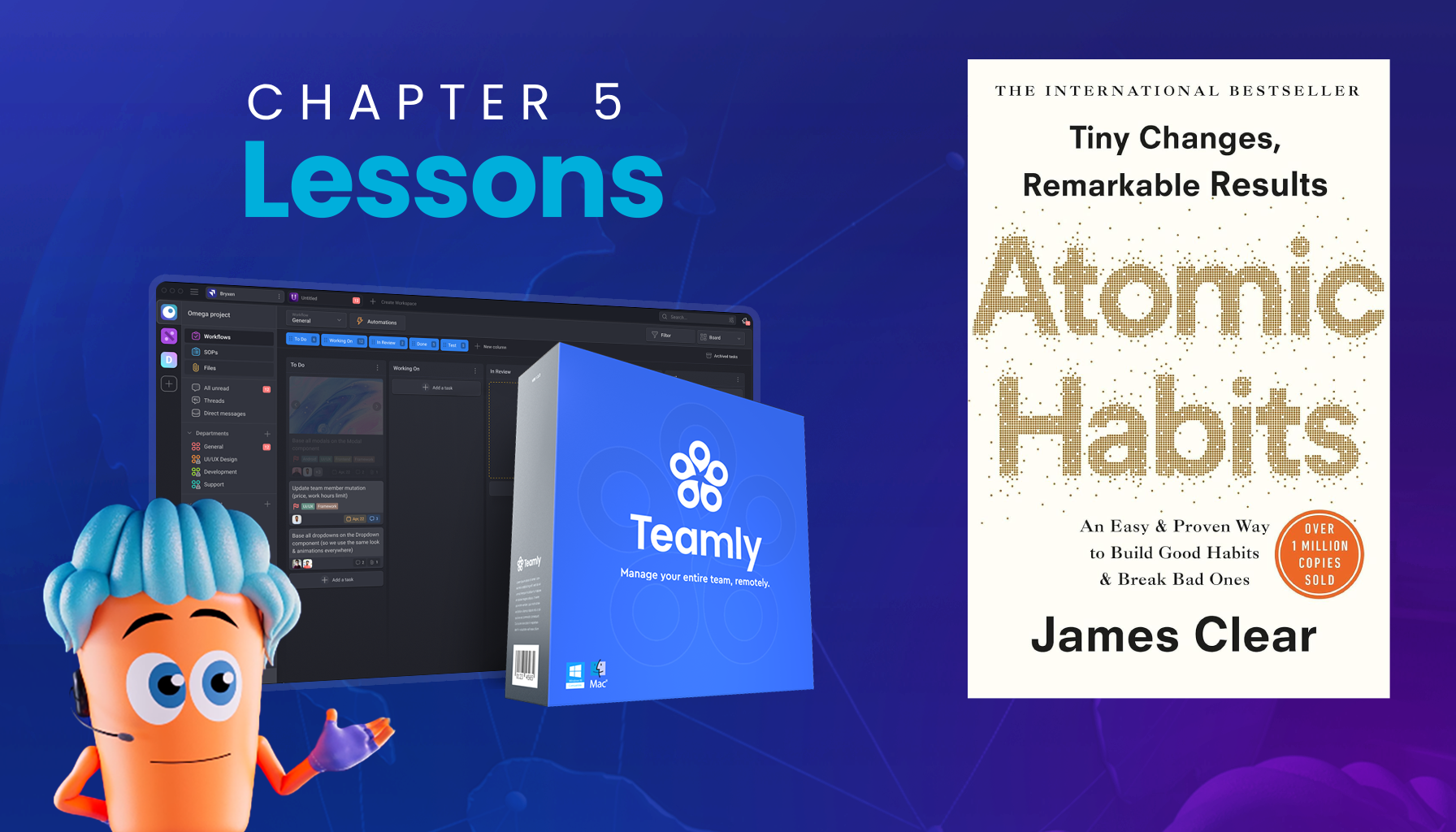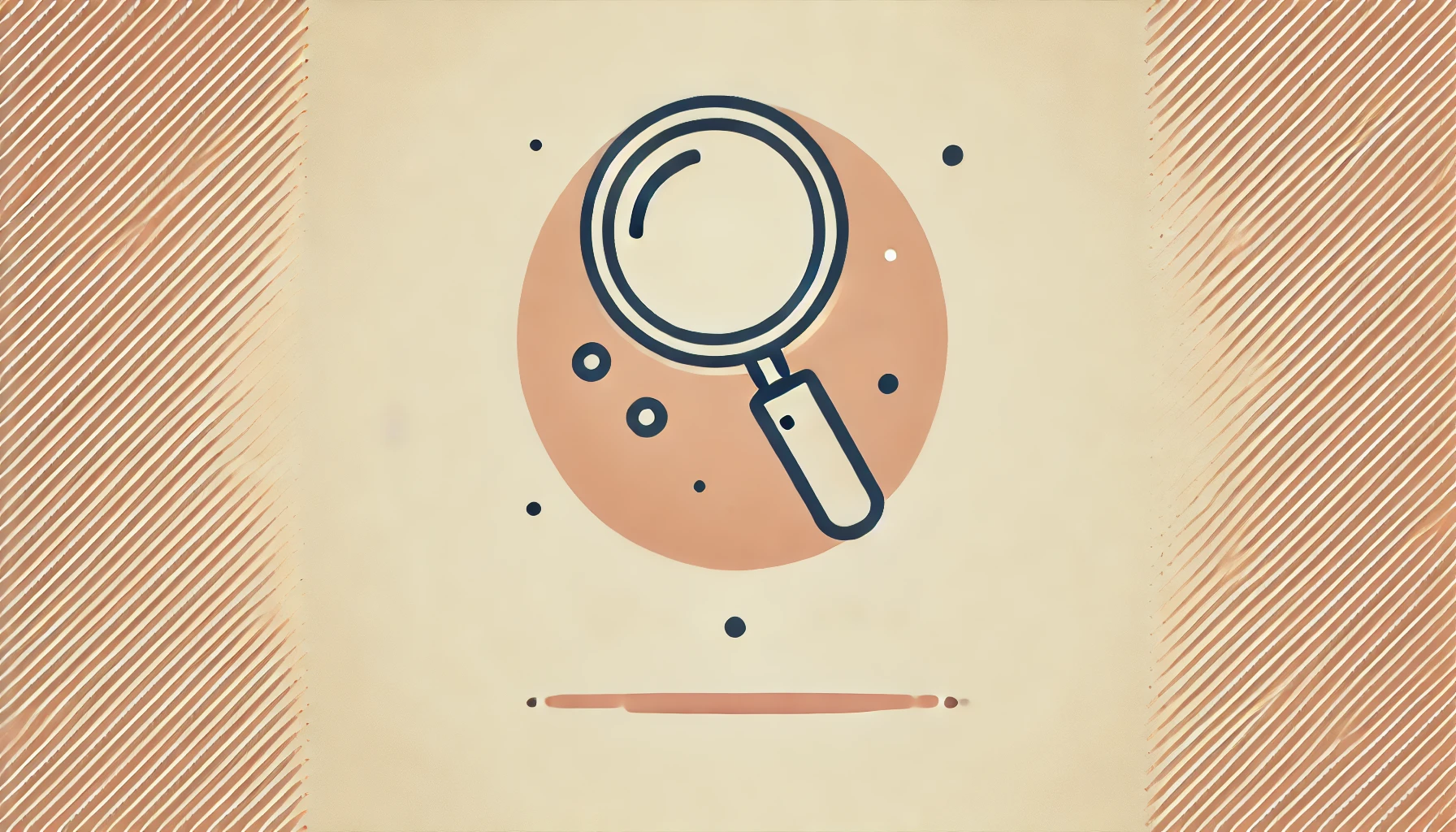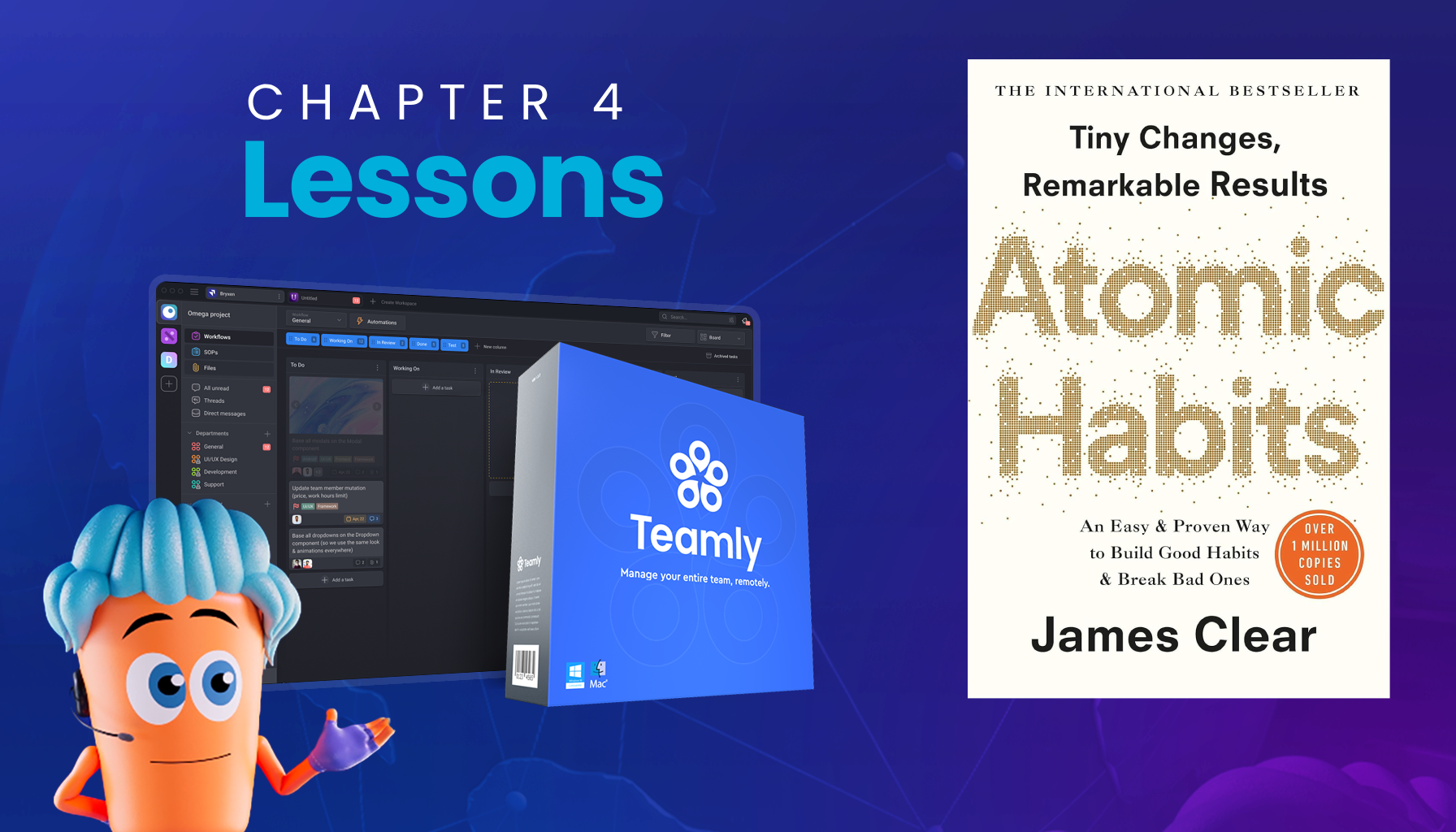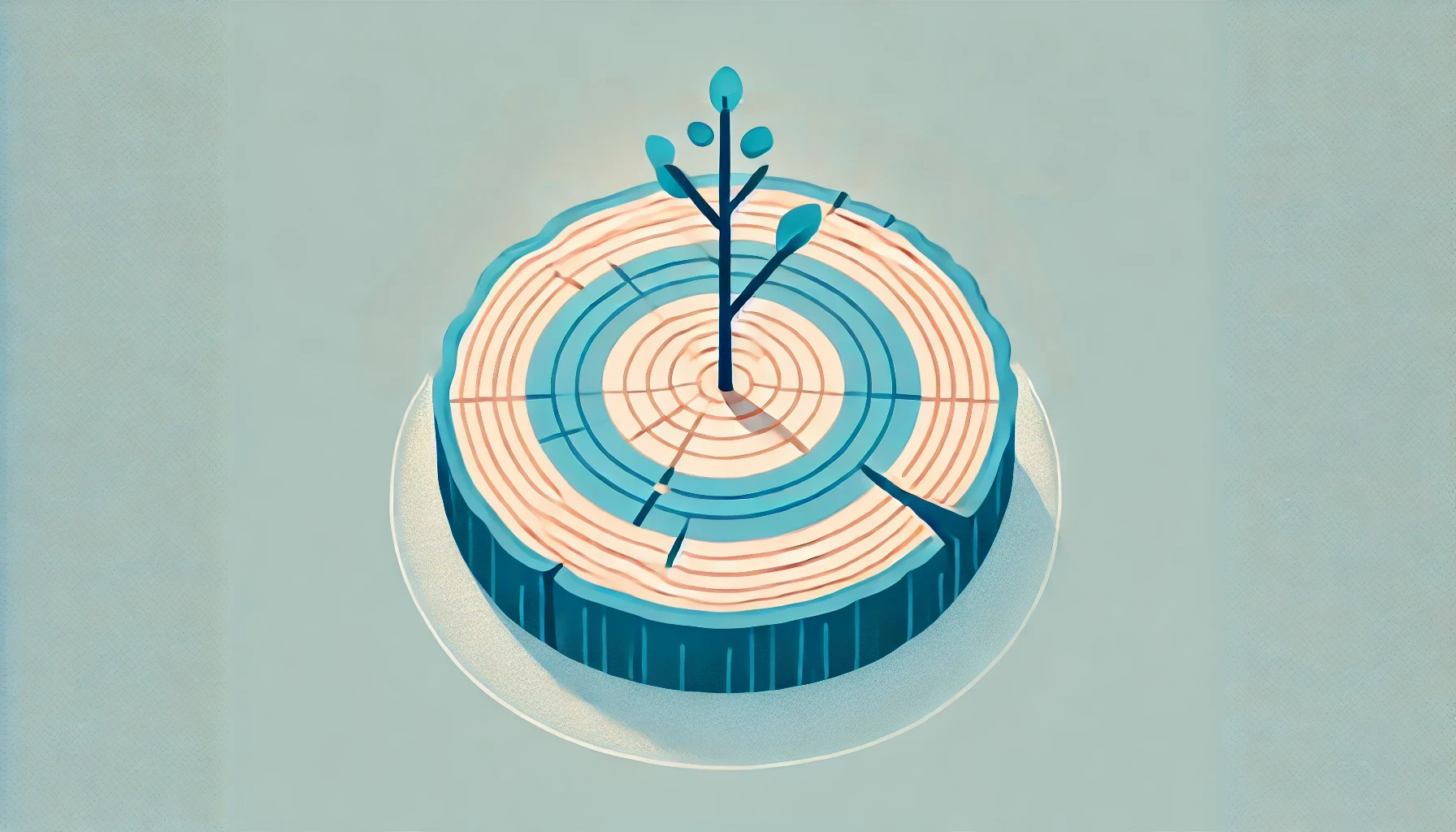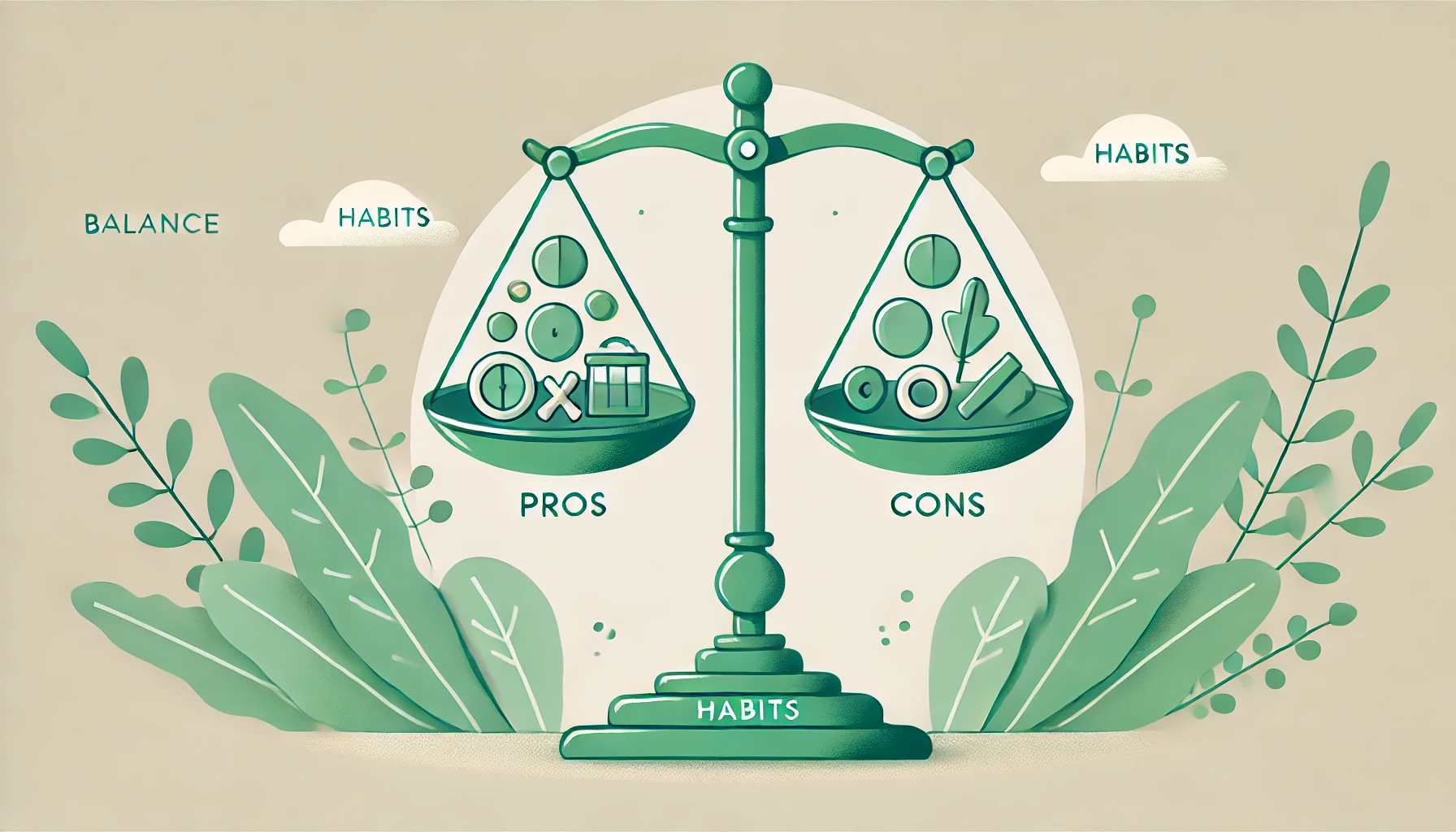Atomic Habits by James Clear offers a practical and deeply insightful guide to building better habits.
One of the key chapters, Chapter 13, introduces the “Two-Minute Rule” – a simple, yet effective approach to overcome procrastination and establish habits that stick.
The Two-Minute Rule: Start Small, Stay Consistent
Chapter 13 opens with the story of renowned choreographer Twyla Tharp, who starts her day by putting on her workout clothes and taking a cab to the gym.
It may seem like a small action, but it’s a ritual that gets her moving in the right direction. The idea here is that the first step doesn’t need to be grand; it just needs to get you started.
In fact, many of the most productive habits begin with small, nearly automatic actions that reduce mental resistance.

The Two-Minute Rule builds on this concept by breaking down habits into easy, manageable steps that take less than two minutes.
The goal is simple: make it so easy to start that there’s no room for procrastination. Whether it’s putting on workout clothes, opening a book to read one page, or folding one piece of laundry, the key is to start small and stay consistent.
Eventually, these small actions compound into lasting behavioral changes.
Decisive Moments: The Fork in the Road
One of the most valuable insights from this chapter is the importance of decisive moments. These are small choices that, once made, set the course for your entire day.
It’s like a fork in the road – one choice can lead to a productive day, while another could send you down a path of distraction.
These seemingly minor decisions have a cascading effect that determines whether your habits lead to success or stagnation.
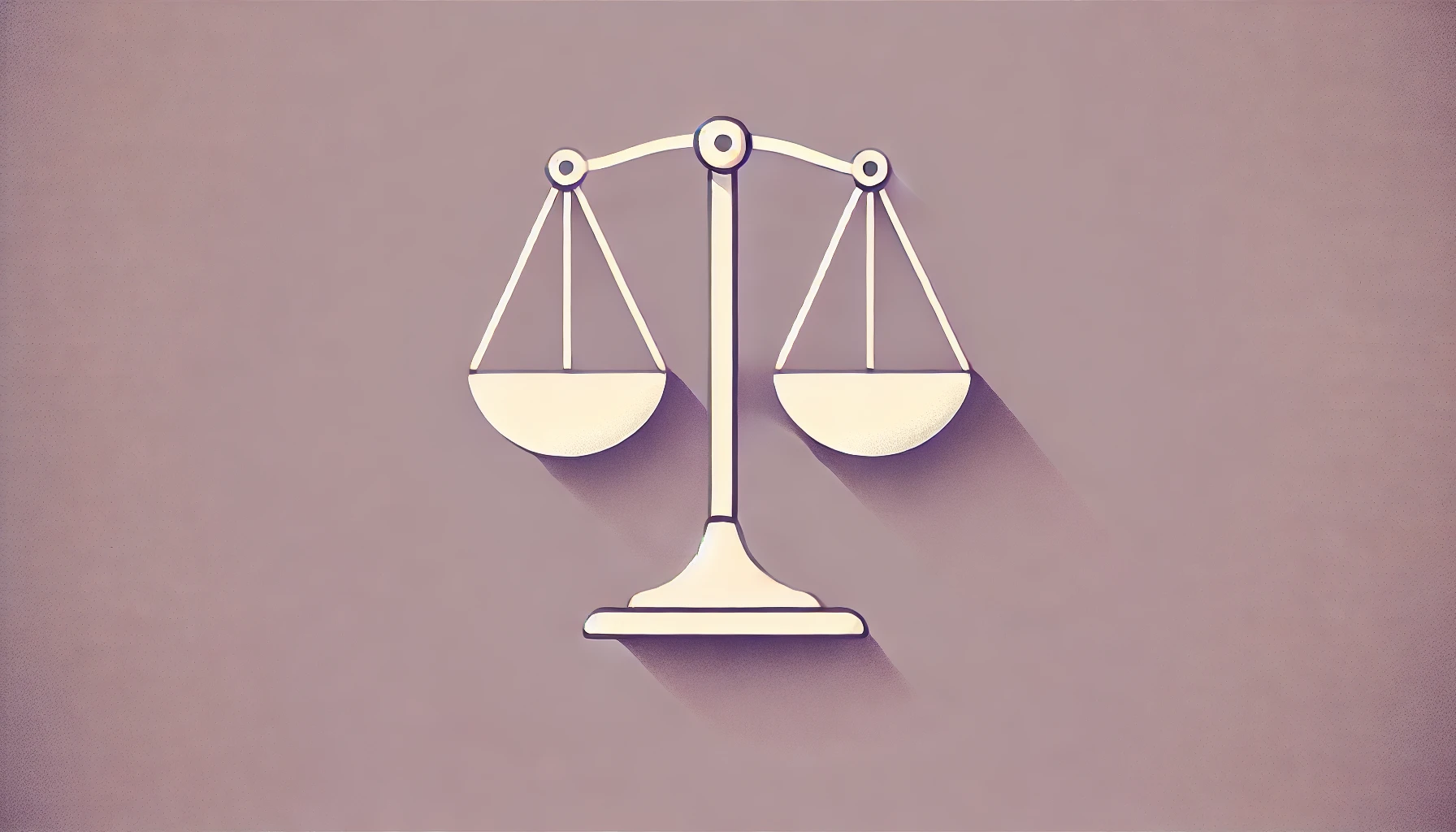
For example, deciding to change into workout clothes might seem trivial, but it triggers a series of good decisions: heading to the gym, completing a workout, and ultimately achieving your fitness goals. In the same way, a small, unproductive choice can lead to negative outcomes.
That’s why habits are described as the “entry point” – they set the stage for everything that follows. Building habits at these critical moments gives you the power to dictate the direction your day takes.
Mastering the Habit of Showing Up
Building on the idea of starting small, James Clear emphasizes the importance of showing up. A habit doesn’t need to be perfect to start.
In fact, the goal should be to simply show up and let the habit take care of itself. This is why the Two-Minute Rule is so effective – it removes the pressure to perform a large task and instead focuses on the act of starting.
The habit of showing up may seem small, but it is the cornerstone of habit formation.
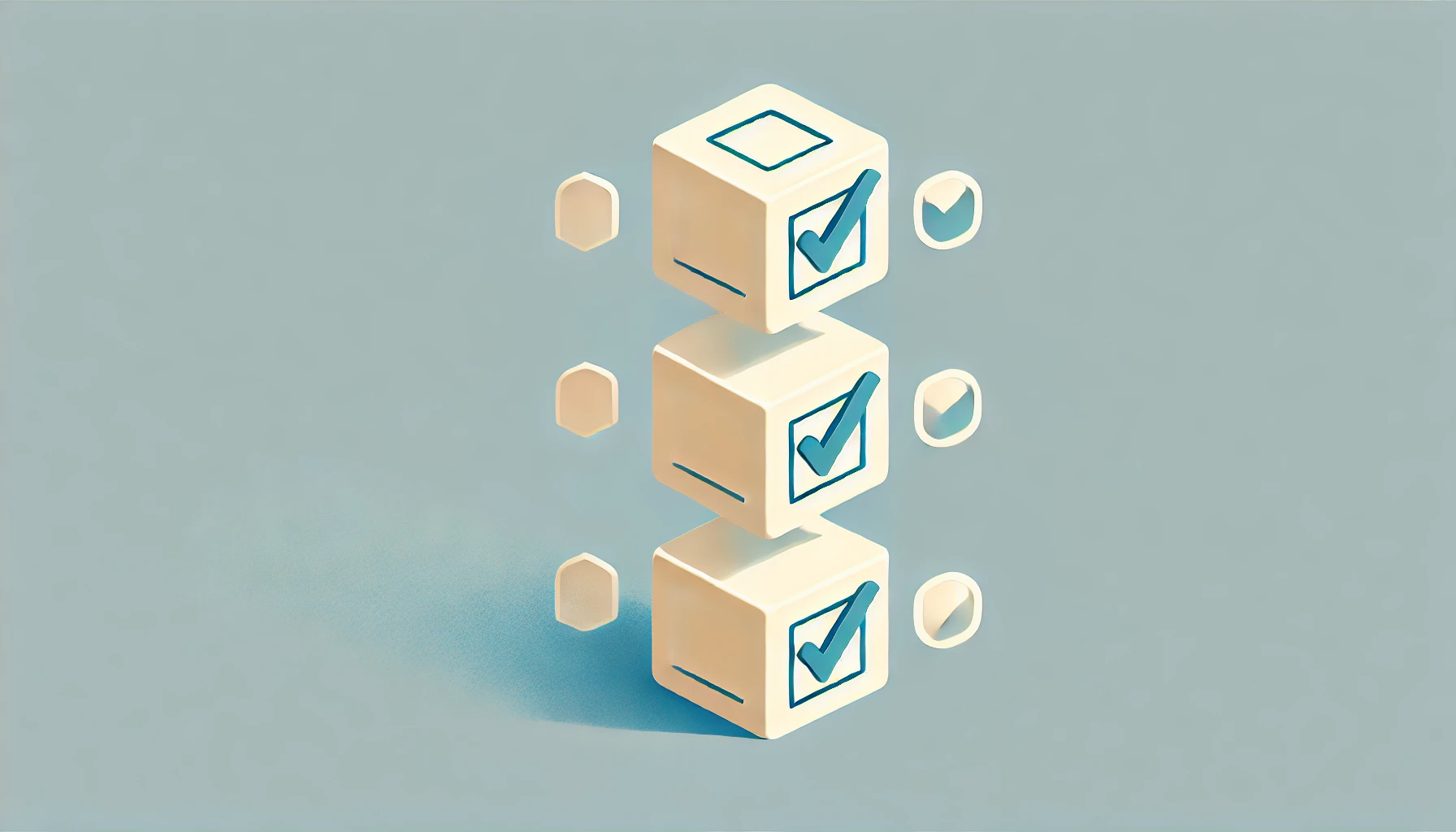
Clear uses a variety of examples to illustrate this. One reader used the rule to lose over 100 pounds by going to the gym for just five minutes each day.
Another example is journaling: by writing less than what feels necessary, the habit becomes enjoyable, and it removes the resistance many people feel when trying to form this habit. It’s all about lowering the barrier to entry.
Mastering the art of showing up provides the foundation for more complex behaviors.
Over time, the repeated act of showing up helps develop consistency, which builds the mental fortitude to stick with your goals.
The smaller and easier the habit, the more natural it becomes to integrate
into daily life. After all, it’s the small efforts that eventually lead to major breakthroughs.
Habit Shaping: Scaling Up with Small Steps
Once the habit of showing up is established, it’s time to take it to the next level. Clear introduces the concept of “habit shaping” in this chapter.
It’s a technique that involves scaling your habit step by step until it reaches your ultimate goal. You start with the smallest version of the habit –for instance, putting on your workout clothes – and gradually build up to more complex actions like completing a full workout.
Each phase of habit shaping allows you to grow your habit naturally.

The beauty of habit shaping is that it allows you to grow your habit in a sustainable way.
Examples of habit shaping might include becoming an early riser by first turning off devices at 10 p.m. every night or starting a plant-based diet by first adding vegetables to each meal.
The focus is on small, manageable changes that lead to long-term success. Once the foundation is built, habit shaping provides the opportunity to scale up in a way that feels manageable and realistic.
Teamly Software: A Tool for Habit Building and Productivity
Just like the Two-Minute Rule, Teamly software encourages teams to break down tasks into smaller, more manageable steps.
With Teamly, you can create workflows that allow for incremental progress and habit-building, making it easier to reach larger goals. By applying the same principles James Clear outlines in Atomic Habits, Teamly can help teams build productive habits that drive success.
Learn more about Teamly.
Final Thoughts on the Two-Minute Rule
The Two-Minute Rule is a simple strategy, but its power lies in its ability to overcome the mental barriers we often create for ourselves.
When combined with the habit of showing up and the technique of habit shaping, it becomes a framework for achieving lasting change.
Nearly any goal can be broken down into a two-minute action – whether it’s living a healthier life, improving relationships, or advancing in a career.
If you’re interested in learning more about the practical strategies that can help you build habits and achieve long-term success,
get your copy of Atomic Habits here.





